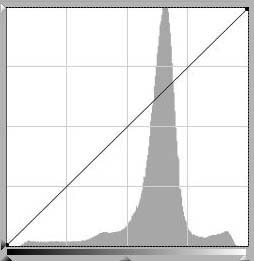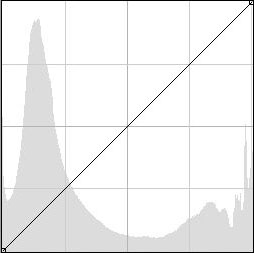The histogram on your camera is the most important camera control or tool to ensure that you capture a full range of tones in the image. When you look at the histogram it essentially represents the number of stops of exposure which the camera is capturing.
Category: Exposure, Histogram, ISO, White Balance, Color Temperature
Auto ISO
In general people tend to avoid the Auto ISO feature on the latest cameras in fear that the camera will automatically increase the ISO up and introduce noise into the image. It is a known fact that higher ISO settings do introduce more noise. While this is very much a concern, the Auto ISO feature is very useful and generally applies conservative settings.
Dynamic Range
The Dynamic range of a camera can be defined as the ratio between the maximum and minimum light intensities from the sensor. The maximum ligjht intensity representing white and the minimum light intensity representing black. The dynamic range can be measured in f-stops to describe the overall light range available, summing up it is the… Continue reading Dynamic Range
Exposure Value
Most modern cameras and light meters measure the photons of light reflected from the subject in terms of Exposure Value (EV). The greater the number of photons received, the greater the electricity that is produced by the light meter. International standards specify how much light received equals a certain EV number.
White Balance and Color Temperature
The reason we need to adjust the colors reorded by the camera is because the scene we are photographing may be lit by different light sources and the variation in light sources may cause a color cast in the final image, the color cast which a light source may exhibit is determined by the color temperature of the light ce. The unit of measurement for color temperature is Kelvin (K).
ISO Speed
ISO speed is a number that indicates the sensitivity of the film or the imaging sensor to to the light. ISO sensitivity is measured by a set of standards established by the International Standards Organization (ISO). In general, films with a higher sensitivity (larger ISO number) have coarser grain and do not register detail as well as films with lower sensitivity (lower ISO number). With digital sensors, in general the larger ISO number will cause more noise in the sensor and will degrade the resulting picture to some extent, however there are some software application packages which can filter out the noise from the digital file.



